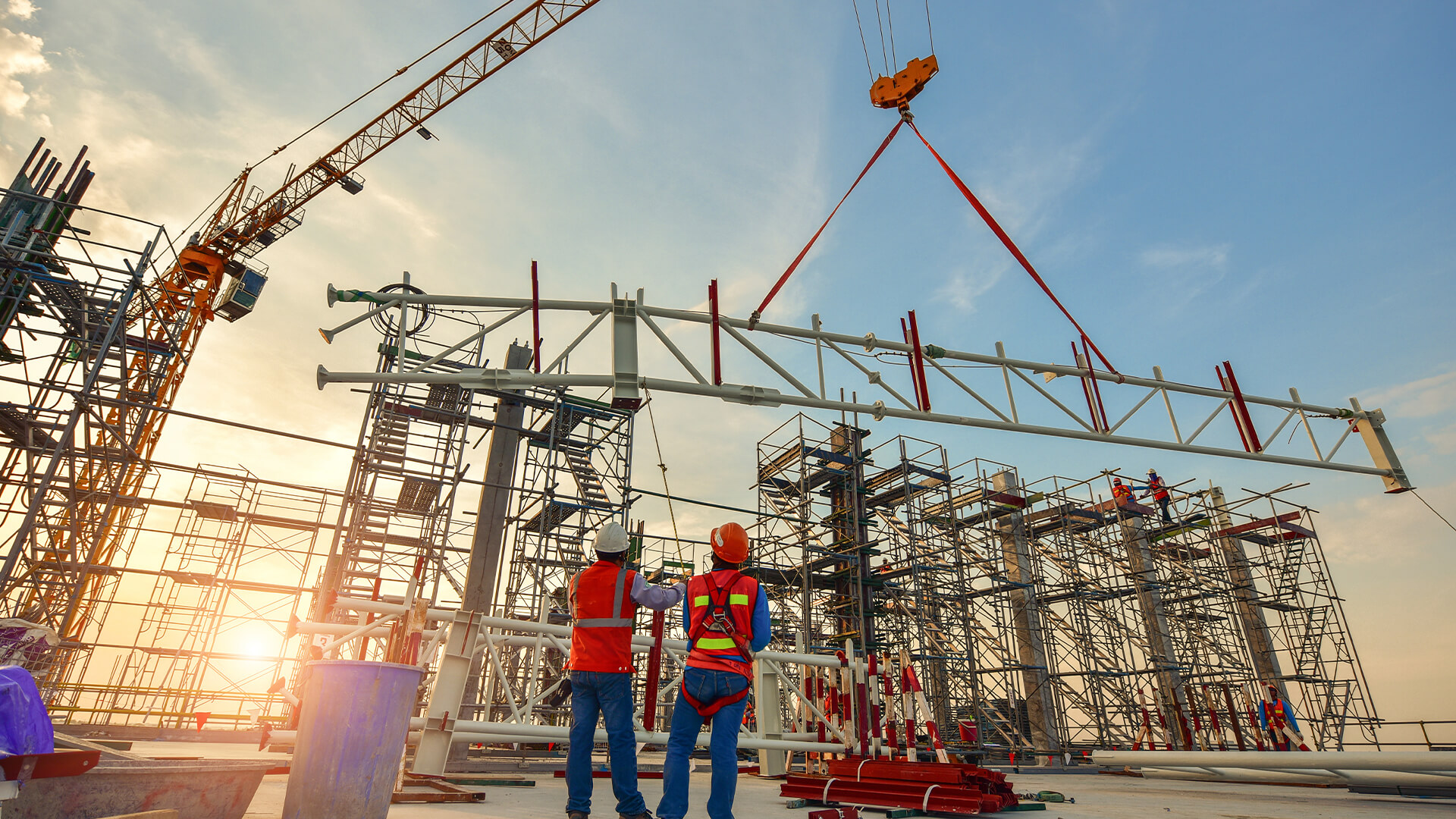No one wants construction projects to overrun. It’s costly, it’s stressful and as a contractor, it means you may lose out on future business. Yet there are dozens of reasons why projects fall behind schedule every month. Poor planning, changes to the original specification and shortages in materials or labour are among a host of factors that contribute to delays.
Many of the things that cause hold-ups in a construction project can be avoided or at least mitigated by implementing better strategies and practices. Here we look at some of the top techniques you can use to speed up commercial construction projects.
1. Choose your team carefully
Subcontracting isn’t a choice but a necessity in large-scale commercial construction. So it’s especially important to choose wisely when it comes to assembling the team you will rely on to get the project completed. Aside from evaluating the expertise and competence of each subcontractor you should also ensure you verify their qualifications and references and check they have relevant insurance if required.
It is also important to ensure you have calculated your staffing needs correctly and to address the need for any speciality skills at an early stage, making sure everyone is in a position to complete work in line with the proposed schedule.
One of the best ways to keep everything running smoothly without admin eating into your own time is to employ a specialist contract administrator. As well as managing pre and post-contract tasks, contract administration can encompass being responsible for areas such as building surveying, project management and cost control. This can help ensure the project is delivered on time, within budget and to the agreed scope.
2. Track and review
One of the most important factors in keeping a project on schedule is understanding the task at hand. Review all construction drawings, spec books, architectural models and other project documents and ensure that all subcontractors have seen and understand the documents relevant to their work. If they have any queries or concerns, make sure these are addressed before work is due to begin.
Make site drawings to ensure your site is laid out for the most efficient performance by determining the optimum placement for materials, equipment storage, breaks areas and employee access points. Data from previous construction projects can be used as a basis for allocating appropriate time and prioritising the order in which tasks should be completed.
Once this information has been gathered and documented it is crucial to revisit it regularly to ensure that relevant deadlines are being met to schedule, each task has been completed to the standard and specification laid out at the start and that everything is in place for forthcoming phases.
3. Prioritise communication
This may sound obvious yet maintaining efficient communication remains the most important way to keep a project on track. It’s crucial to ensure you have put procedures in place to allow all of your team members to flag up any delays they anticipate – or are experiencing – as well as to stay in close contact with the client.
Decide how often and by what method you will communicate with all parties concerned and then check in regularly. By reviewing your progress and making sure any problems are addressed swiftly it becomes less likely that a small hold-up has a chance to derail an entire project. Good communication will also help in the sharing of ideas and expertise, meaning you will be able to solve problems faster and increase your productivity.
4. Make use of tech
Anyone who has managed a commercial construction project knows there is a lot to think about. Juggling the multiple demands of endless tasks, dealing with suppliers and ensuring everything stays within budget leaves projects vulnerable to human error. The larger the project the greater the risk that mistakes can slip through the net.
While tech isn’t the answer in every case, strategic use of specialist software can take some of the strain off you as a contractor. Areas including project scheduling, invoicing, accounting and even payroll can all be managed by professional programmes. This frees up your team to focus on the tasks that – for now – only humans are capable of doing. It also makes for swifter, more painless reporting procedures, keeping your client happy and ensuring transparency at every stage of the project.
5. Always make a contingency plan
A contingency plan is essential to identify potential setbacks within a project and mitigate their impact through preparation. While it may be tempting to press on without one these plans can be the difference between a successful project and one that fails.
Specific risks are unique to each project but common pitfalls include failure of power, delays in obtaining relevant permissions from relevant authorities and staff illness or injury. Thoroughly evaluating the risk of potential problems means you will be able to cushion yourself against any fallout through actions such as submitting any applications as early as possible, obtaining insurance against illness or establishing a means of back-up power should yours fail.

































